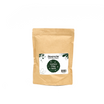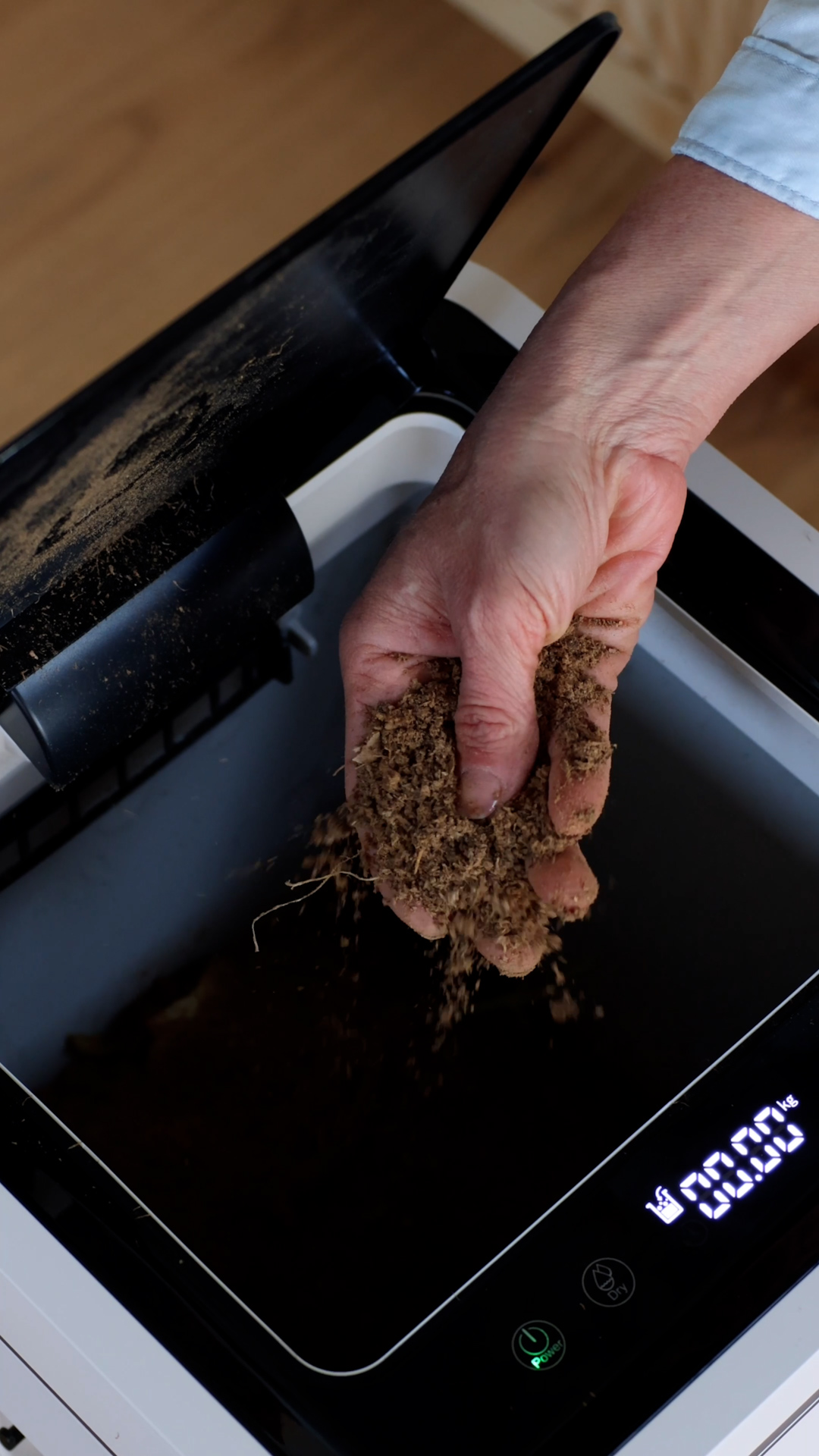Using Activated Carbon for Home Composting

Home composting is a fantastic way to reduce waste, create nutrient-rich fertilizer for your garden, and shrink your carbon footprint. While many enthusiasts are familiar with the basics of composting – balancing greens and browns, turning the pile, and maintaining the right moisture levels.
But let's be honest, the process isn't always sunshine and roses. If you have been into composting, you may have encountered some of the biggest challenges in composting - Unpleasant odor and slow composting.
While the end product is a gardener's dream, the journey can be a bit stinky and extremely slow. But fear not. There's a secret ingredient that can turbocharge your composting journey and absorb odors like a champion - Activated Carbon.
But before you grab the nearest bag and sprinkle it liberally over your compost pile, let's delve deeper into this fascinating composting tool.
What is Activated Carbon (AC)?
Imagine tiny, microscopic sponges with an insatiable appetite for odors. That's essentially activated carbon! This amazing substance is created by heating organic materials like wood or coconut shells in the absence of oxygen. This process creates an extensive network of pores on the carbon's surface, increasing its surface area by hundreds of times. These microscopic pores act like magnets, trapping and neutralizing odors, toxins, and even impurities.
Why Use It in Your Compost Pile?
Activated carbon acts like air filters, trapping those unpleasant smells before they escape. But its benefits extend beyond just odor control. Here are the benefits of adding activated carbon to your compost pile:
● Goodbye, Funky Smells: Activated carbon is your odor-fighting hero! It effectively absorbs unpleasant smells arising from decomposing organic matter, keeping your compost pile happy.
● Cleaner, Healthier Compost: Its ability to trap toxins and impurities makes for a higher quality compost. By removing harmful substances, activated carbon creates a safer and more beneficial fertilizer for your plants.
● Moisture Magic: Activated carbon has a unique talent for holding onto moisture. This helps maintain an optimal moisture level in your compost pile, which is crucial for the thriving microorganisms responsible for decomposition.
● Faster Composting: By absorbing toxins and impurities from the compost pile, activated carbon helps fasten the composting process by maintaining the perfect environment for microorganisms to thrive and decompose the compost material.
● Happy Soil, Happy Plants: While the direct benefits to soil health from activated carbon in compost are still being researched, studies suggest it may improve soil aeration and water retention, leading to healthier and happier plants.
Types of Activated Carbon for Home Composting
With its porous structure and high adsorption capacity, activated carbon can be a valuable tool in your home composting journey. However, not all activated carbons are created equal, and understanding the different types is crucial for making informed choices. Here are a few types of activated carbon you can use in your compost:
● Air Purifier Filters
Activated carbon filters from air purifiers can be repurposed for composting. These filters are designed to capture and neutralize airborne impurities, making them effective in adsorbing odors and gases in the compost pile.
● Coconut Shell-Activated Carbon
Derived from coconut shells, this type of activated carbon is known for its sustainability and renewability. Coconut shell-activated carbon is readily available and provides excellent adsorption capabilities for composting.
● Powdered Activated Carbon
Available in powder form, this type of activated carbon offers versatility in application. It can be easily mixed into the compost pile to ensure even distribution and optimal adsorption.
● Activated Carbon Pellets
Activated carbon pellets offer a convenient and controlled way to manage compost odors. These pre-measured beads boast consistent composition, ensuring you add just the right amount for effective odor control without disrupting the composting process.
Adding Activated Carbon to Your Compost
Here's how to incorporate this odor-busting superhero into your composting routine:
● Choose Your Weapon: Opt for powdered or granular activated carbon specifically designed for composting. Avoid using charcoal briquettes or aquarium charcoal, as they can contain harmful additives.
● Dosage is Key: Follow the manufacturer's instructions. Generally, a moderate amount (around a cup per square foot of compost) is recommended. Start small and adjust based on your odor concerns.
● Incorporation Methods: There are several ways to add activated carbon. Sprinkle it directly onto your compost pile, mix it into new additions, or layer it in between browns and greens.
● Frequency: Regularity is key! Add activated carbon every few weeks, especially when adding fresh kitchen scraps or experiencing strong odors.
Remember: Activated carbon is a tool, not a magic solution. Proper composting practices like good aeration, proper layering of browns and greens, and regular turning are still essential for creating healthy, high-quality compost.
Addressing Common Concerns and Misconceptions
While adding activated carbon to your compost offers a myriad of advantages, there are some concerns and misconceptions that need to be addressed:
● Safety Considerations
Activated carbon is generally safe to use in composting. However, it's essential to choose activated carbon derived from natural sources to avoid potential contaminants. Check product labels and opt for food-grade or organic activated carbon.
● Environmental Impact and Sustainability
Coconut shell-activated carbon stands out as an environmentally friendly option, given the sustainability of coconut production. Additionally, choosing activated carbon from renewable sources aligns with eco-conscious composting practices.
● Comparison with Other Composting Additives
Activated carbon is just one of many composting additives available. While it excels in odor control and moisture management, it's valuable to understand its role in comparison to other amendments like manual aeration, layering up, lime, or microbial inoculants.
Alternatives to Activated Carbon
While activated carbon is a powerful odor fighter, other methods can also help control compost smells:
● Aeration is King: Ensure your compost pile gets enough air by turning it regularly with a pitchfork or compost turner.
● Layer it Up: The right balance of browns (carbon-rich materials) and greens (nitrogen-rich materials) helps control odors. Aim for a 3:1 ratio of browns to greens.
● Keep it Covered: Use a breathable cover to trap odors and keep your compost pile moist.
Conclusion
Activated carbon is a powerful addition to your composting arsenal. It tackles odors, improves compost quality, and even benefits your soil. By understanding its properties, using it wisely, and combining it with other good composting practices, you can transform your kitchen scraps into sweet-smelling soil gold and enjoy the rewarding experience of home composting.














